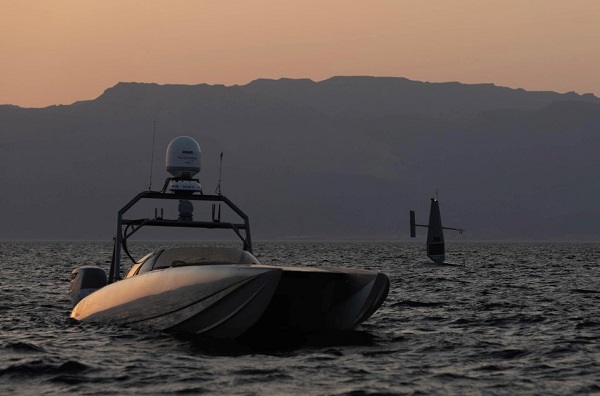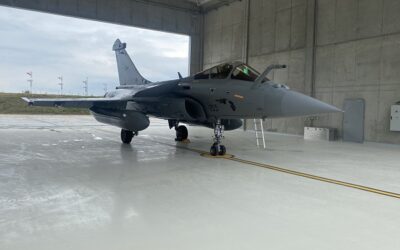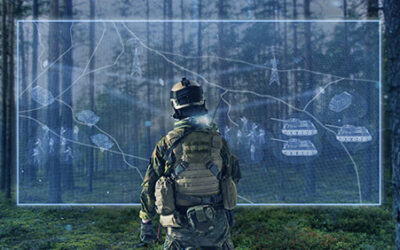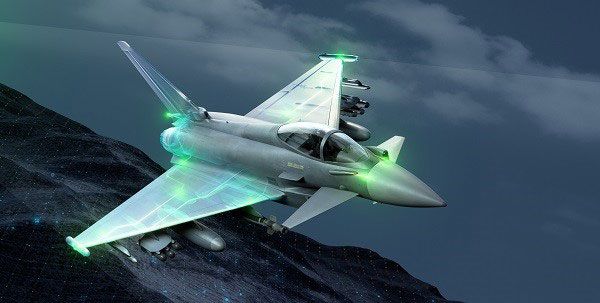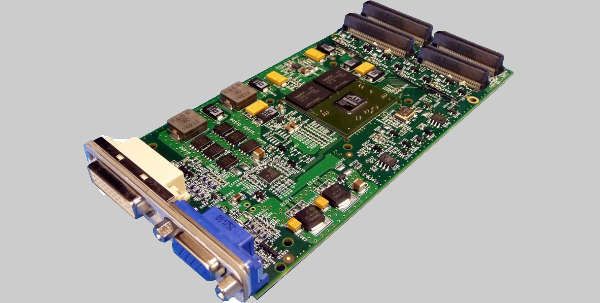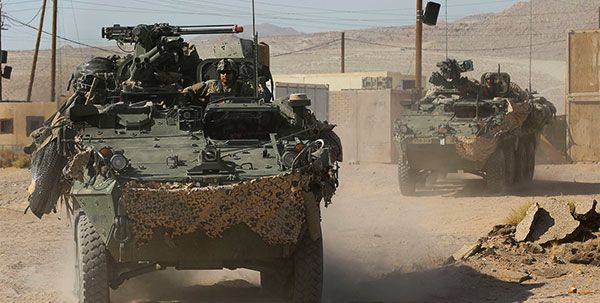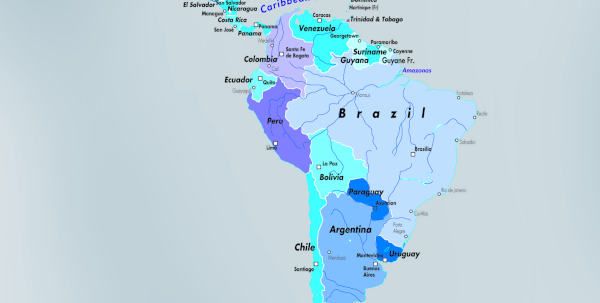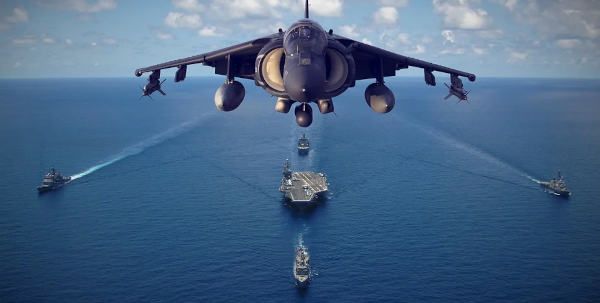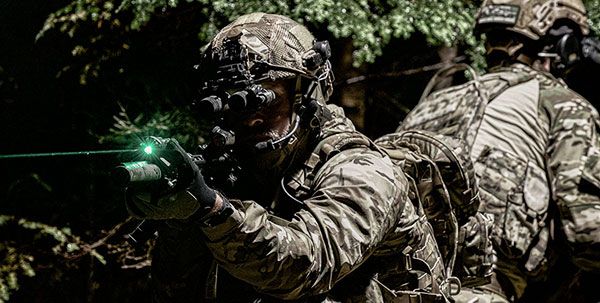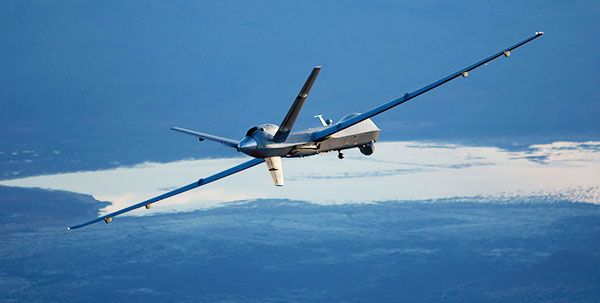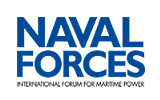Unmanned systems offer the promise of providing the US military with an asymmetric advantage over potential adversaries
For the informed readership of MON, it is impossible to miss the impact of emerging technologies on changing the character of warfare through the ages. From the time that our cave-dwelling ancestors figured out how to fasten a sharpened stone to the end of a sturdy stick, advances in weaponry have decided the outcome of battles and the fate of nations.
For the U.S. Navy, unmanned systems – especially uncrewed maritime systems – offer the promise of providing the US military with an asymmetric advantage over potential adversaries. Indeed, in its vision for the “Navy After Next,” the US Navy’s Force Design 2045 envisions a fleet of 500 ships, including 350 crewed vessels and 150 uncrewed maritime vehicles.
This US Navy emphasis on uncrewed maritime vehicles was on full display at a major international military-industry event. Held in Honolulu, Hawaii, TECHNET Indo-Pacific drew over 4,000 delegates from throughout the Indo-Pacific region.
Keynotes and panels that concentrated most intently on uncrewed maritime vehicles included the event’s opening keynote address, delivered by Rear Admiral Eric Ruttenberg, Deputy Commander, US Pacific Fleet. A substantial portion of his remarks were focused on uncrewed maritime vehicles. Here are some of the highlights:
- Pacific Fleet is looking for ways to get unmanned surface vehicles forward to desired areas of operations.
- Pacific Fleet’s strong emphasis on unmanned will enable warfighters to conduct missions in a contested environment that manned systems cannot do.
- We must continue to evaluate unmanned systems in exercises, experiments and demonstrations.
- The Integrated Battle Problem series represents the pinnacle of experimentation and will continue into 2024.
Later, a panel of subject matter experts in the field of uncrewed maritime vehicles highlighted many of the strides the Navy has made in getting these technologies into the hands of Sailors and Marines. Among the panel highlights:
- RIMPAC/Trident Warrior 2022 was a major coming out for uncrewed surface vehicles (USVs) operating with the fleet.
- International Maritime Exercise 2022, held under the auspices of CTF 59 in the Arabian Gulf, included operations with several regional partners. Navies of these nations explored the capabilities of USVs such as the Saildrone, the MARTAC MANTAS, Devil Ray, and many other USVs from participating nations.
- Australia has become a leader in USV experimentation. Autonomous Warrior 22 expanded the evaluation of USVs from Australia, New Zealand, the United Kingdom and the United States and featured 30 autonomous systems, including Saildrone, MANTAS and Devil Ray.
- The goal of the Pacific Fleet is not to field fully autonomous systems at some future time but rather to field semi-autonomous systems now.
It is clear that the Department of the Navy is committed to an accelerated development path for uncrewed surface systems so that they can complement the Navy fleet and perform missions that keep Sailors and Marines out of harm’s way.
George Galdorisi

